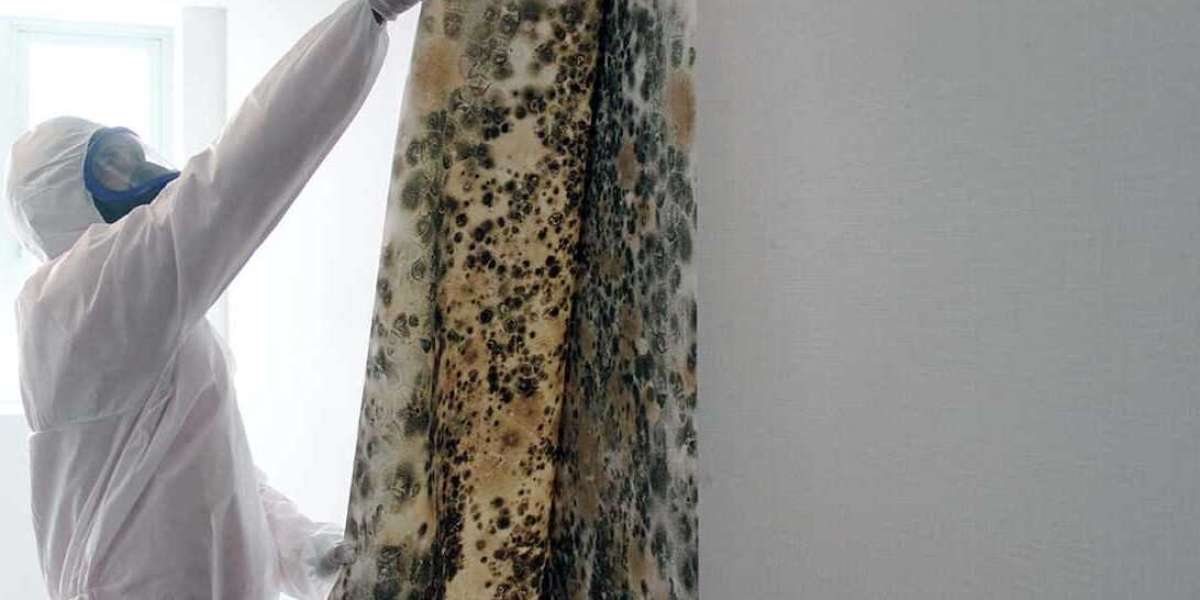Baseboard mold, a common household problem, can be both unsightly and potentially harmful to your health. Understanding the causes of baseboard mold is crucial for preventing its growth and effectively addressing it when it appears. In this article, we will delve into the various factors that contribute to baseboard mold causes and provide practical solutions for combating this persistent issue.
The Culprits: What Causes Baseboard Mold?
Moisture Intrusion: The most common cause of baseboard mold is moisture infiltration into the walls and flooring. Several sources can lead to moisture intrusion:
Plumbing Leaks: Undetected or unaddressed plumbing leaks can introduce moisture into walls, creating an ideal environment for mold to thrive along baseboards.
Roof Leaks: A damaged or improperly maintained roof can allow water to seep into the walls, eventually affecting the baseboards.
Foundation Leaks: Water entering through cracks in the foundation can migrate upwards within the walls and lead to mold growth along the baseboards.
Condensation: Poor ventilation and insulation can result in condensation forming on surfaces, providing the necessary moisture for mold growth.
High Humidity Levels: Elevated indoor humidity levels, often due to poor ventilation, can promote mold growth along baseboards. Areas like bathrooms, kitchens, and basements, which tend to be more humid, are particularly susceptible.
Inadequate Ventilation: Poor airflow and ventilation in specific areas of your home can create stagnant, humid conditions, which mold finds conducive to growth. Bathrooms and crawlspaces are typical locations where inadequate ventilation can lead to mold issues.
Lingering Water Damage: Even after repairs following a water-related incident, residual moisture can remain within building materials. This residual moisture can make these materials susceptible to mold colonization over time.
Neglected Maintenance: Failing to address routine maintenance tasks, such as promptly fixing leaks, ensuring adequate ventilation, and maintaining the building's structural integrity, can increase the risk of baseboard mold.
Material Vulnerability: Certain building materials, such as drywall and wood, are more porous and thus more susceptible to mold growth when exposed to moisture. Mold can penetrate and thrive in these materials.
Geographic and Climatic Factors: The geographical location and climate of your region can also influence the likelihood of baseboard mold. Coastal areas with consistently high humidity levels or regions with wet seasons are more prone to mold-related issues.
Solutions to Combat Baseboard Mold
Moisture Control: The key to preventing baseboard mold is moisture control. Addressing the source of moisture intrusion, promptly repairing leaks, and maintaining proper ventilation are critical steps.
Proper Ventilation: Ensure that areas prone to humidity, like bathrooms and kitchens, are well-ventilated. Consider installing exhaust fans to reduce moisture buildup.
Regular Maintenance: Regularly inspect your home for signs of water damage, leaks, and condensation. Fix issues promptly to prevent mold growth from taking hold.
Humidity Monitoring: Invest in a hygrometer to monitor indoor humidity levels. Aim to keep indoor humidity below 50% to discourage mold growth.
Material Choices: When renovating or remodeling, consider using mold-resistant materials, such as mold-resistant drywall, to reduce the likelihood of mold growth.
Professional Assistance: If the mold infestation is extensive or has penetrated deep into the building materials, consider consulting a professional mold remediation service for thorough cleanup and restoration.
Conclusion
Baseboard mold is a persistent issue that can affect the aesthetic appeal and indoor air quality of your home. By understanding the root causes of baseboard mold and implementing preventive measures, you can effectively combat this problem and create a healthier living environment for you and your family. Regular maintenance, moisture control, and vigilant monitoring are key to keeping baseboard mold at bay.







